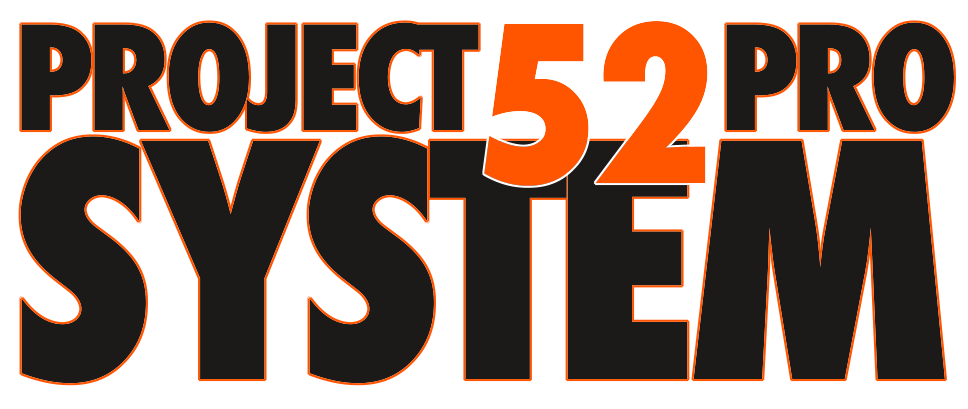Delve into these posts with an open mind and a desire to prepare. Project 52 Pro is an amazing journey – this is sort of heping you create a roadmap for your work.
Today’s discussion is on what it means to be a commercial photographer.
Many people think that photography means weddings and babies. Say to anyone that you are a photographer, and in most cases that is what they think of, so there is somewhat of a meme about our business. Those types of photographers are, of course, professionals. No doubt.
We call them “Consumer Photographers” because their client pool consists of consumers. Everyone is a possible customer if they have a family, need a headshot for work, have a baby or are getting married. The end client IS the consumer of the image.
But we are a bit of a different breed.
We are commercial photographers and our clients are for the most part Business to Business (B2B). Our clients are a much smaller slice of the possible clientele out there and they have titles like “art director”, “photo editor”, “graphic designer”, “corporate communications” and many more.
These are the people who hire us to make photographs they can use to sell their clients services, products, and ideas. Our images are made to sway the consumer, not reflect the consumer.
Our photographs are printed in magazines, brochures, web pages, industrial publications, catalogs, lookbooks and myriads of places to influence the buying decisions of the public. Our images are used to illustrate stories, add importance to text, teach, inspire, and otherwise make the viewer feel or do something as a result of seeing our work.
There is a world of differences between being a consumer photographer and a B2B photographer, and we will not be dealing with consumer photographer challenges much at all in this class.
We will be shooting images that will be used to inspire and inform… and that means much of what we do must be of a higher caliber of approach than the typical photographer. We may have additional parameters to the creation of our images than just to make something pretty or cool.
One thing I will say a lot in this class is “if anyone can shoot it, the client can hire anyone to shoot it.”
That means that your work must stretch to be a cut above, a little bit more decisive, a lot more deliberate than whipping the camera outof the bag for a quick ‘pic’. We plan and scale and create with purpose.
Commercial shooters come in many flavors as well. We are not just “product” shooters. Food, fashion, people, architecture, still-life, interiors, automotive, editorial, illustrative stories, travel, liquor, cosmetics and many more idioms are considered “commercial”. All have a bit of different approach, but all are created for a business to use to sell their wares.
ASSIGNMENT:
Begin to look for commercial photographers in your town or region and bookmark their sites. I would use google, of course.
For instance, a search for commercial photographers in Phoenix reveals this page:
Search Term / commercial photographer phoenix
There you can see a listing of commercial photographers in the phoenix area. I would recommend that when you do it, you check each of the photographer’s sites before accepting that they are indeed commercial.
Let’s look at John Trotto’s site:
We see he does editorial, food, architecture and a few other offerings that are indeed commercial.
I will create a set of bookmarks and John’s site is included.
I would like you to start to create a list of commercial photographers that you like. (If you click on a photographers link and you do NOT like the work, then pass. We don’t want to be looking at stuff we don’t like.)
Our goal is not to copy these photographers, only to have an idea of what is being done in the arena in your area.
So welcome to the world of “commercial” photography, and I will see you all tomorrow for day two.


And here we go again… 🙂 Looking forward to it Don!
Hi Don,
Very thought provoking start. What struck a chord was the division you emphasise between B2B and commercial. It gave reason as to why when I viewed a local / successful photographer the wedding photography glowed, his product and studio work left me totally flat and uninspired.I now wonder who is running and carrying out the studio work. Off to find some more.
Looking forward to my journey and working with you. Hope the back has started to ease a bit for you.
Best wishes
Karen Green
Yes sir!
Yes, that can happen frequently in consumerville.
And here at P52 – we are in Coolsville!! 🙂
Interestingly, I see many ‘commercial’ photographers actually advertise commercial work almost as an afterthought on their websites, with most of the site dedicated to consumer photography
In smaller towns and regions it may be necessary to do a little of both.
Yes indeed we are.
My website comes in at number 46 in a google search for commercial photographer adelaide, but then I do nothing for seo. (I’ve been looking at hosts other than smugmug, that offer blogs natively, instead of linking off to tumblr. I really don’t like tumblr). Many of the results in the search are like “Best Wedding Photographer”. Most photographers locally are wedding and babies, but add commercial photography so as not to miss any possibility. Let me make this clear from the outset: I don’t photograph weddings, babies, babybelly, pets or family groups!
What surprised me was how hard it is to find them. I know one who doesn’t advertise their commercial work, but I bet 75% of what they do is commercial. And if you get the privilage of seeing their work it is KICK ass stuff.
I’m glad I happened by today. Did I miss an email warning me stuff was coming? At any rate, glad to be here and start the journey.
Where’s the like button?
Like Jennifer, I didn’t know postings had already begun and found this by accident today. Glad I did and I’m looking forward to the weeks ahead.
I am happy to be back! This is going to be my best year ever!!! I am ready for this adventure! I am glad I was not late to the party!
Getting a late start. I will catch up.
Oh my! I’m really behind. Glad to start the journey.
It’s surprising how few are primarily commercial. Most of the photographers in the Boca Raton/Ft Lauderdale area seem to be throwing in a “Commercial” link with most having it almost as an afterthought. Quality seems to be pretty poor to middle of the road for most stating they do commercial. Very little what I would call outstanding work.
My biggest fear is that I will not create better work than most of these folks. Do I have the skills presently or maybe in the future? For the most part I would never want to call most of this Professional Commercial work.
Seriously hoping I am able to produce images I can be proud of.